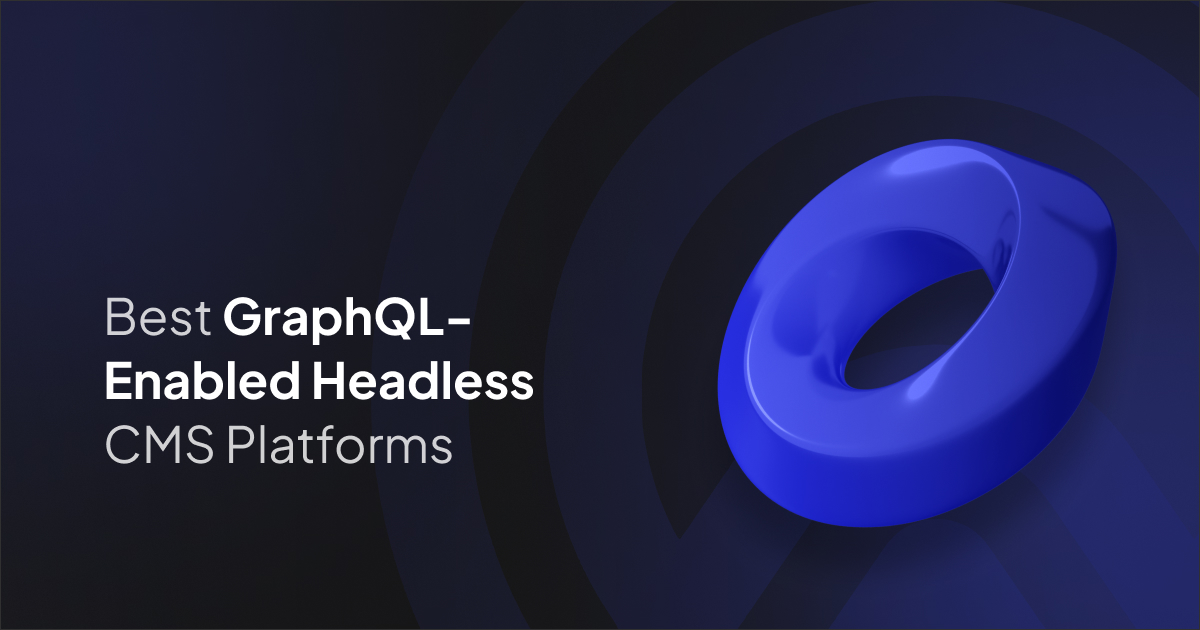Hygraph is a GraphQL-native headless CMS that allows developers to query exactly the data they need. Its schema-based content modeling makes it highly flexible, while its GraphQL API ensures fast and efficient data delivery. Hygraph is particularly suited for enterprises and agencies seeking complex content architectures with global scalability.
Key Features:
- Fully GraphQL-native API
- Content modeling with relational and dynamic fields
- Global CDN for high-performance delivery
- Multilingual and localization support
Contentful
Contentful offers a robust GraphQL API alongside its REST API, enabling developers to fetch content efficiently for web, mobile, and IoT applications. It supports structured content, content versioning, and advanced localization, making it ideal for businesses managing multilingual projects at scale.
Key Features:
- GraphQL and REST APIs
- Structured content and flexible content models
- Localization and multiple locales support
- Extensive SDKs and integrations
Strapi
Strapi is an open-source CMS that recently introduced GraphQL support through a plugin. Developers can build custom queries and fetch exactly the content they need, while maintaining the flexibility of Strapi’s self-hosted or cloud deployment options. Strapi is perfect for teams that need full control over both content and backend infrastructure.
Key Features:
- GraphQL plugin for flexible querying
- Self-hosted and cloud deployment options
- Customizable content models
- Open-source ecosystem with strong community support
Sanity
Sanity is a highly flexible, API-first headless CMS that provides a powerful GraphQL endpoint alongside its GROQ query language. It is designed for real-time collaboration, making it an excellent choice for marketing teams and developers who need to deliver dynamic content across multiple channels.
Key Features:
- GraphQL API support
- Real-time collaboration and editing
- Customizable schemas and structured content
- Scalable for complex, multi-channel projects
Storyblok
Storyblok combines a visual editor with a GraphQL API, making it easy for both developers and content editors to work efficiently. Its component-based content modeling approach allows teams to reuse content modules across multiple projects while leveraging GraphQL for precise data queries.
Key Features:
- GraphQL API for flexible content retrieval
- Component-based content modeling
- Visual editor for content editors
- Multi-language and localization support
Why Choose a GraphQL-Enabled CMS?
GraphQL-enabled CMS platforms provide several advantages over traditional REST APIs:
- Efficient Data Fetching: Retrieve only the data you need, reducing bandwidth usage and improving performance.
- Flexible Queries: Developers can construct complex queries without multiple API requests.
- Real-Time Updates: Many platforms integrate with real-time features for collaborative editing and live content updates.
- Scalability: GraphQL allows seamless integration with modern front-end frameworks like React, Next.js, and Vue.js.
Choosing the right GraphQL-enabled headless CMS depends on your project needs, technical stack, and whether you prefer cloud-managed solutions or open-source flexibility. Platforms like Hygraph and Contentful excel in enterprise and global-scale projects, while Strapi and Sanity offer customizable and developer-friendly environments. Storyblok provides a balanced approach with visual editing and powerful GraphQL capabilities, ideal for teams that want both speed and control.
By leveraging these platforms, businesses can create faster, more flexible, and scalable digital experiences while simplifying content workflows and developer operations.
Page Updated: 2025-09-09




















